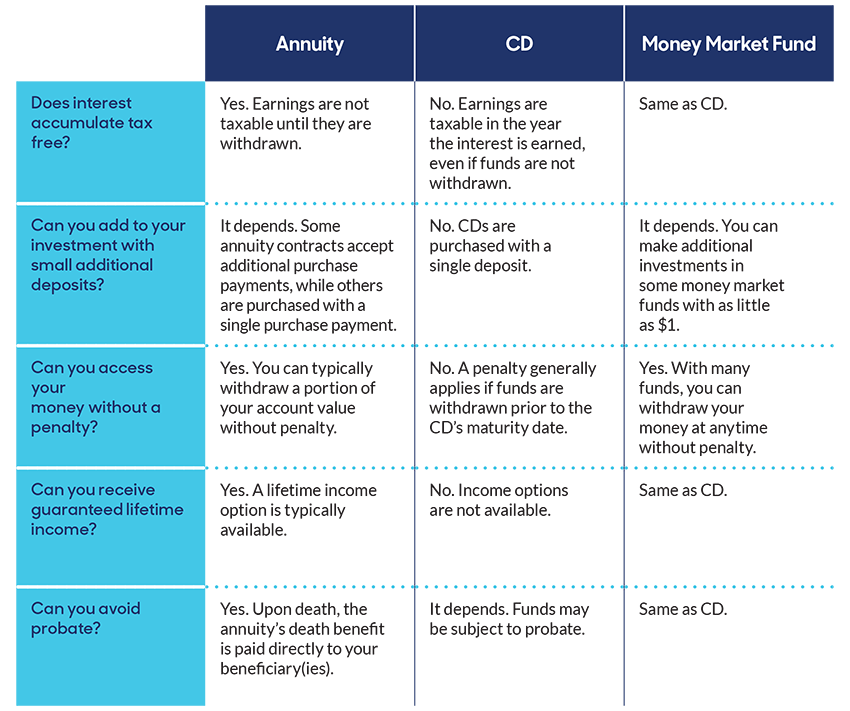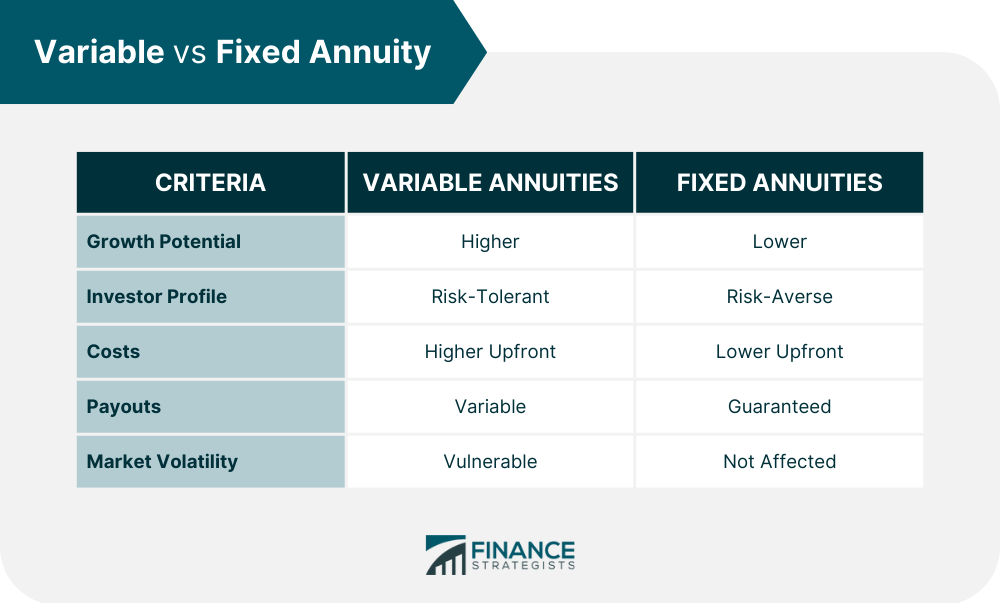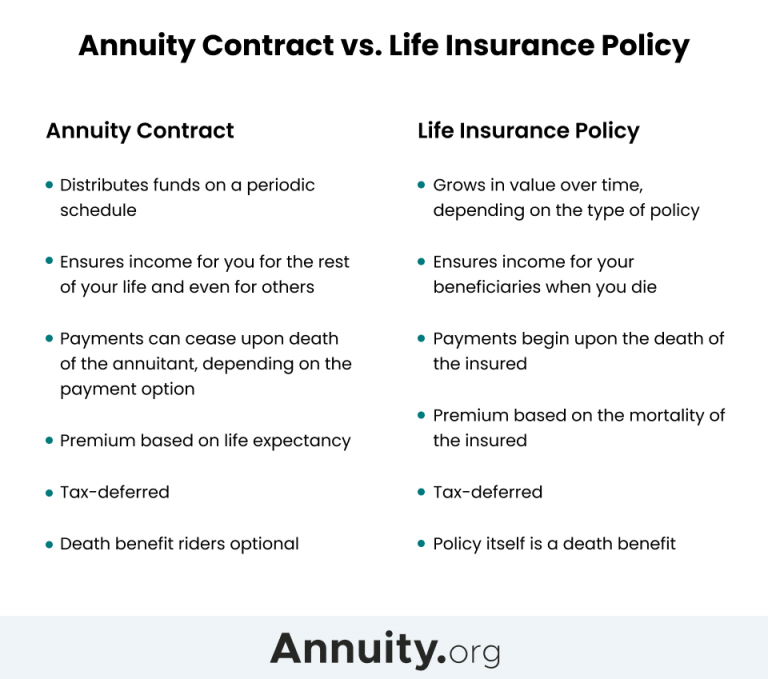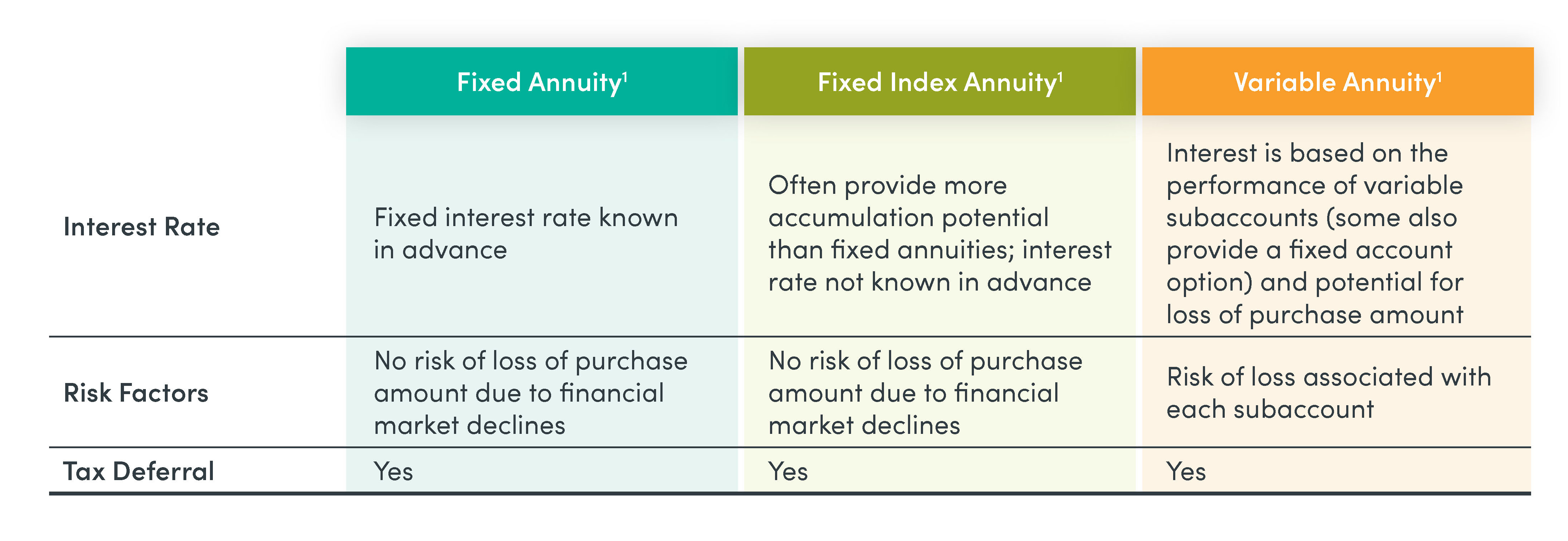All Categories
Featured
Table of Contents
Equally as with a taken care of annuity, the owner of a variable annuity pays an insurance coverage business a round figure or series of settlements in exchange for the promise of a collection of future settlements in return. As discussed above, while a taken care of annuity grows at an assured, consistent rate, a variable annuity expands at a variable rate that depends upon the efficiency of the underlying financial investments, called sub-accounts.

Throughout the accumulation phase, possessions purchased variable annuity sub-accounts grow on a tax-deferred basis and are exhausted only when the contract proprietor withdraws those revenues from the account. After the buildup stage comes the income stage. Over time, variable annuity possessions should theoretically raise in value till the agreement proprietor chooses he or she would like to begin taking out money from the account.
The most substantial problem that variable annuities usually existing is high price. Variable annuities have a number of layers of fees and expenditures that can, in accumulation, produce a drag of up to 3-4% of the contract's value each year.
Understanding Fixed Annuity Vs Variable Annuity A Comprehensive Guide to Investment Choices Breaking Down the Basics of Investment Plans Pros and Cons of Various Financial Options Why Fixed Annuity Vs Variable Annuity Is a Smart Choice Variable Annuity Vs Fixed Indexed Annuity: A Complete Overview Key Differences Between Different Financial Strategies Understanding the Risks of Long-Term Investments Who Should Consider Strategic Financial Planning? Tips for Choosing Annuities Fixed Vs Variable FAQs About Fixed Index Annuity Vs Variable Annuity Common Mistakes to Avoid When Choosing Fixed Index Annuity Vs Variable Annuity Financial Planning Simplified: Understanding Immediate Fixed Annuity Vs Variable Annuity A Beginner’s Guide to Deferred Annuity Vs Variable Annuity A Closer Look at Variable Annuity Vs Fixed Indexed Annuity
M&E expenditure charges are determined as a percent of the contract value Annuity providers pass on recordkeeping and other management expenses to the agreement owner. This can be in the type of a flat yearly cost or a percentage of the contract worth. Administrative charges might be consisted of as part of the M&E threat cost or might be evaluated individually.
These fees can range from 0.1% for passive funds to 1.5% or even more for proactively taken care of funds. Annuity contracts can be customized in a variety of methods to serve the particular demands of the contract owner. Some common variable annuity cyclists consist of assured minimum accumulation advantage (GMAB), guaranteed minimum withdrawal benefit (GMWB), and assured minimal earnings advantage (GMIB).

Variable annuity contributions offer no such tax deduction. Variable annuities have a tendency to be very ineffective cars for passing wealth to the following generation since they do not take pleasure in a cost-basis adjustment when the initial agreement proprietor passes away. When the owner of a taxed investment account passes away, the expense bases of the financial investments held in the account are gotten used to mirror the marketplace rates of those financial investments at the time of the proprietor's fatality.
Analyzing Annuities Fixed Vs Variable Key Insights on Your Financial Future What Is Fixed Vs Variable Annuity Pros Cons? Pros and Cons of Various Financial Options Why Choosing the Right Financial Strategy Is Worth Considering Fixed Vs Variable Annuity Pros Cons: Simplified Key Differences Between Annuities Fixed Vs Variable Understanding the Key Features of Long-Term Investments Who Should Consider Strategic Financial Planning? Tips for Choosing the Best Investment Strategy FAQs About Planning Your Financial Future Common Mistakes to Avoid When Planning Your Retirement Financial Planning Simplified: Understanding Choosing Between Fixed Annuity And Variable Annuity A Beginner’s Guide to Annuity Fixed Vs Variable A Closer Look at Immediate Fixed Annuity Vs Variable Annuity
Heirs can inherit a taxed financial investment profile with a "tidy slate" from a tax viewpoint. Such is not the situation with variable annuities. Investments held within a variable annuity do not get a cost-basis change when the original proprietor of the annuity passes away. This means that any gathered latent gains will certainly be handed down to the annuity proprietor's heirs, in addition to the associated tax problem.
One considerable issue associated to variable annuities is the potential for problems of rate of interest that might exist on the part of annuity salespeople. Unlike an economic expert, that has a fiduciary obligation to make financial investment decisions that profit the customer, an insurance policy broker has no such fiduciary obligation. Annuity sales are highly rewarding for the insurance experts who sell them due to high upfront sales payments.

Numerous variable annuity contracts contain language which puts a cap on the percent of gain that can be experienced by specific sub-accounts. These caps prevent the annuity owner from completely taking part in a portion of gains that might or else be appreciated in years in which markets create substantial returns. From an outsider's viewpoint, presumably that capitalists are trading a cap on financial investment returns for the previously mentioned guaranteed flooring on financial investment returns.
As kept in mind over, give up charges can seriously limit an annuity proprietor's capability to relocate properties out of an annuity in the very early years of the contract. Further, while most variable annuities permit contract owners to take out a specified amount throughout the buildup stage, withdrawals beyond this amount typically result in a company-imposed fee.
Withdrawals made from a fixed rate of interest rate financial investment alternative can likewise experience a "market value modification" or MVA. An MVA changes the worth of the withdrawal to mirror any kind of adjustments in rates of interest from the time that the money was invested in the fixed-rate choice to the moment that it was withdrawn.

On a regular basis, even the salesmen who sell them do not completely recognize how they work, therefore salesmen often exploit a buyer's feelings to market variable annuities instead of the qualities and suitability of the products themselves. Our team believe that financiers need to completely recognize what they own and how much they are paying to possess it.
Highlighting Annuities Fixed Vs Variable A Closer Look at Variable Annuities Vs Fixed Annuities What Is the Best Retirement Option? Features of Smart Investment Choices Why Fixed Vs Variable Annuity Pros Cons Is a Smart Choice Fixed Income Annuity Vs Variable Growth Annuity: How It Works Key Differences Between Different Financial Strategies Understanding the Key Features of Tax Benefits Of Fixed Vs Variable Annuities Who Should Consider Fixed Annuity Vs Equity-linked Variable Annuity? Tips for Choosing Annuity Fixed Vs Variable FAQs About Fixed Income Annuity Vs Variable Annuity Common Mistakes to Avoid When Choosing a Financial Strategy Financial Planning Simplified: Understanding Fixed Vs Variable Annuity Pros Cons A Beginner’s Guide to Smart Investment Decisions A Closer Look at Retirement Income Fixed Vs Variable Annuity
Nevertheless, the exact same can not be stated for variable annuity properties held in fixed-rate investments. These properties legally belong to the insurer and would certainly as a result go to threat if the business were to fall short. Any warranties that the insurance policy company has agreed to supply, such as an assured minimal income benefit, would be in question in the occasion of a business failure.
Possible buyers of variable annuities should recognize and think about the financial problem of the issuing insurance policy firm prior to entering into an annuity contract. While the advantages and drawbacks of various types of annuities can be disputed, the genuine problem bordering annuities is that of suitability.
Nevertheless, as the stating goes: "Buyer beware!" This article is prepared by Pekin Hardy Strauss, Inc. Fixed income annuities. ("Pekin Hardy," dba Pekin Hardy Strauss Riches Administration) for informational functions just and is not planned as an offer or solicitation for company. The details and information in this write-up does not constitute lawful, tax, bookkeeping, investment, or various other professional recommendations
Table of Contents
Latest Posts
Breaking Down Your Investment Choices Key Insights on What Is Variable Annuity Vs Fixed Annuity What Is Fixed Vs Variable Annuities? Advantages and Disadvantages of Different Retirement Plans Why Fixe
Exploring the Basics of Retirement Options A Closer Look at How Retirement Planning Works What Is Fixed Vs Variable Annuities? Pros and Cons of Various Financial Options Why Choosing the Right Financi
Highlighting the Key Features of Long-Term Investments Key Insights on Your Financial Future What Is Variable Annuity Vs Fixed Indexed Annuity? Advantages and Disadvantages of Fixed Vs Variable Annuit
More
Latest Posts